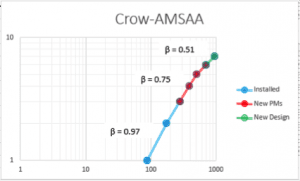
Roll mills, drum dryers, kilns, ball mills and rotating reactors usually turn on metal tyres and trunnion rollers.
Eventually, the tyres and rollers wear out or fatigue and require repair or replacement.
Usually, the equipment manufacturers keep material specifications as proprietary information and one is forced to buy the parts from them. [Read more…]















 Ask a question or send along a comment.
Please login to view and use the contact form.
Ask a question or send along a comment.
Please login to view and use the contact form.